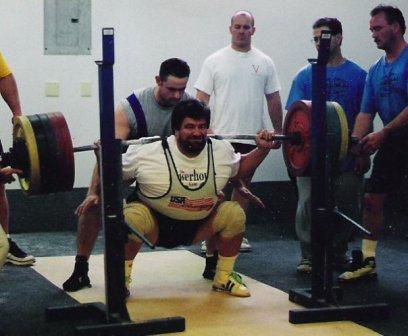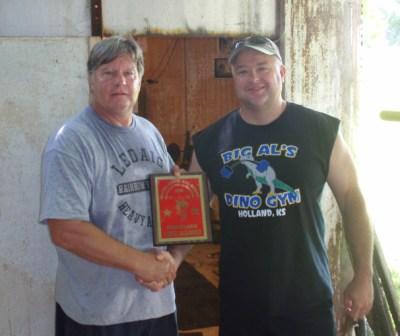The USAWA Hall of Fame Program
by Al Myers
Finally, the USAWA has revived the USAWA Hall of Fame Program. This has been a long process that has taken over one year to accomplish. This process started at the 2009 National Meeting when the ad hoc committee of Denny Habecker, Dale Friesz, and Dennis Mitchell was established to investigate and make recommendations on the Hall of Fame Program at the 2010 National Meeting. Upon hearing the committee’s suggestions at the 2010 meeting, the membership voted to allow the newly elected Executive Board to “iron out the details” and once every Executive Board member was in agreement, the new Hall of Fame Program would be implemented immediately. Well, I’m proud to say that the Executive Board has already accomplished this task and the USAWA once again has an active Hall of Fame Program. Thanks needs to be given to the committee that worked tirelessly in providing different choices of Hall of Fame Programs to the membership at the meeting, and to the Executive Board of Denny Habecker, Chad Ullom, Scott Schmidt, Dennis Mitchell and myself for working through the final details. The Board looked at every aspect of this new program, and discussed each point extensively so the best program possible would be implemented. The new Hall of Fame Program criteria is laid out very clearly, and is a very simple system.
This New Program is different in some ways than what was used before. In the early days of the USAWA, Hall of Fame nominees were selected and voted on by the membership at the National Meeting. No specific criteria was required to be nominated, just a nomination from someone at the meeting. In 1997, the USAWA decided to go to a points system for Hall of Fame induction. The committee of Chris Waterman, Frank Ciavattone, Denny Habecker, and John Vernacchio were put in charge of developing this system. Once it was developed and accepted by the membership, Chris Waterman was designated as the official person to oversee the program. Part of his responsibility was keeping track of everyone’s points as they applied to the Hall of Fame criteria, and once 1000 points were reached, he would present that individual for Hall of Fame induction. Chris Waterman did an outstanding job of keeping track of everyone’s points with this tedious system. It required him to accurately record and maintain a list of ALL members and their HOF points at all times. The problem arose when he retired in 2003 and the USAWA did not delegate someone else to take over his duties of maintaining the Hall of Fame Program and thus the program “died” until now.
In the new Hall of Fame Program, an individual may be nominated in one of two ways – either on Merit or on Honor. To be nominated on Merit, 1000 points must be reached. Twelve categories are laid out in the Nomination Form in which an nominee may accrue points. These categories include such things as participation in National and World Meets, placing in the top five at National and World Meets, participating in other meets such as local meets or postal meets, serving the USAWA as an officer, being a Meet Director, being a Club Founder, and even points are awarded for current USAWA records held. It pretty much covers everything! One of the differences from the previous point system is that with the new system it is harder to reach 1000 points. Less points are awarded in the different categories than before. Another big difference is that the New Hall of Fame Program will rely on the membership to make nominations, instead of just one person “keeping track of everything”. I think this is important in that it will allow the Hall of Fame Program to self-perpetuate, by being independent of one individual or a committee. The second way of being nominated is on the basis of Honor. No point criteria is required to be nominated this way. This allows the USAWA the ability to award Hall of Fame Membership to someone the organization feels deserves it, who may not have been involved directly with the USAWA.
I am very pleased with the development of this new USAWA Hall of Fame Program. I like it’s simplicity. I like how “clear cut” and specific it is in regards to the point criteria. I like how it relies on the membership for presenting nominees. It also allows an individual to monitor their own points in pursuit of the highest award the USAWA has to offer, and by this, provides a “source of inspiration” to all USAWA members.
The new Hall of Fame Nomination Form is found under the section “Forms and Applications”, or you can view it here at HOF Nomination Form.

